Taiyo-ken Explained
The Taiyō-ken is a non-lethal attack used throughout the entire Dragon Ball series, but do you know how the attack works or what it means?
What is the Taiyo-ken?
The taiyō-ken (English: Solar Flare) is a non-lethal ki based attack that emits concentrated ki from the practitioner’s body in the form of white light. The technique is used like a flash grenade to temporarily blind the opponent.
It works by flooding all of the light sensitive cells in the eyes and making vision impossible.
The taiyō-ken is an effective technique in buying time to run away from a physically stronger opponent.
To use the taiyō-ken the practitioner raises both of their hands to the side of their face and spreads all four fingers open with the palms facing inward. The thumb is also extended but stays inside the palm. They then emit the light from their bodies and it spreads out in all directions, as if their bodies are turned into a small sun.
The light can travel sizeable distances, but the closer they are to their opponents’ eyes, the more effective.
The technique was first used by Tenshinhan in the 22nd Tenkaichi Budokai against Jackie Chun. It was later used by Goku, Krillin, and then Cell.
http://youtu.be/o5Yf3WuJdts
There is no effective counter to the taiyō-ken except to wear sunglasses. Even if the people nearby close their eyes, the intense flash of light still dazzles the optic nerves.
This can be seen on Planet Namek when Krillin uses the technique against Dodoria and tells Gohan to look away. Even after the attack was over, Gohan was still dazzled.
Here Krillin uses a variation of the taiyō-ken’s hand technique where he points his fingers at his forehead. This was only seen once.
Now what does the name “taiyō-ken” mean, and where does it originate?
The Etymology of Taiyo-ken
The characters for taiyō-ken are written in kanji as 太陽拳 and are inherited from Chinese hanzi, so they have layered meanings.
Tai (太) means great, supreme, extreme, ultimate, or too much [of something].
Yō (陽) means the sun, sunlight, abundant light, or the male energy. Yō is the Japanese pronunciation of the Chinese yáng, the positive, male, bright portion of the yīnyáng (陰陽) in tàijí (太極), the ultimate extremes of polar opposites.
Yō (陽) is comprised of two radicals. On the left is 阝 which means “abundant” or “ample.”
On the right is 昜 which is composed of three radicals itself. On the top is 日 which means “sun.” Below this is 一 which means “unity” or “singularity.” On the bottom is 勿 which means “outstretched fingers of a hand” or “the rays of the sun.”
Therefore the 昜 character depicts sunlight being channeled through the medium of outspread hands. So you could translate it as “open fingers that emit light.”
You may notice that the 勿 character depicts four fingers, and does not show the thumb, and I find it interesting that this is the same way Akira Toriyama illustrated the technique. It’s also possible that Toriyama intended the straight thumb inside the palm to be illustrative of the 一 above 勿.
Ken (拳) means fist, hand, or technique.
So taiyō-ken (太陽拳) means the “supreme sun fist,” “ultimate sunlight technique,” or “extreme yáng hands.”
How the Taiyo-ken Works
Taiyō-ken is a technique that harnesses and emits pure yáng energy.
As mentioned in The Genki Dama Explained article, Daoists believe that the body is a small universe that contains both yīn (陰) and yáng (陽). The front of the body is yīn, the back of the body is yáng, and so on.
Tàijí and the body itself are a duality of extremes that form a non-dual unified whole.
Through practice a martial artist can strengthen and develop their internal energy and control it. With enough attentiveness the yīn and yáng can be distinguished.
Yáng is the white part of the tàijí. Yáng is associated with youth, men, upright energy and strong vigor. It’s the nature of shonen hero’s like Tenshinhan and Goku.
So what they’re doing when they perform the taiyō-ken is emitting the extreme yáng energy all at once in the form of dense white light. It is so bright that it blinds opponents.
Yīn (陰) (pronounced ‘in’ in Japanese) is the inverse of yáng, and represents the female’s receiving nature.
It consists of 阝which means “abundance,” 今 which means “an object concealed beneath a cover,” and 云 which means “underneath the clouds.” Sort of like saying “darkness,” “void,” or “shadow.” Yin later came to be associated with the moon and was written as 阴 which means “abundant moon.”
If there were a technique that did the opposite of the taiyō-ken it would be called tai-in-ken (太陰拳), and would suck light (ki) inside the practitioner’s body, rather than emit it.
We see a technique similar to this when Yakon steals the golden light from Super Saiya-jin Goku during their fight on Majin Buu’s spaceship.
Yakon is an inhabitant of The Planet of Darkness (ankokusei, 暗黒星). Since yīn is associated with darkness, negativity and the void, it makes sense that Yakon steals golden ki using this yīn based technique.
Solar Flare!
The English translation of taiyō-ken as Solar Flare sounds cool but shallows the meaning and removes cultural value.
The technique has absolutely nothing to do with the sun and does not rely on it in any way. No amount of sunlight is “reflected off of them,” and the technique can be performed in complete darkness or underneath clouds if needed, as the light (the yáng energy) already exists inside the practitioner’s body.
It just so happens that when the technique is used they often show the sun in the same frame or scene, adding to the emphasis that it’s super bright and simultaneously referring to its original name and meaning.
The brightness of the sun also reminds them to use the technique.
For example, in Dragon Ball Z episode 32, Oozaru Vegeta is jumping toward Goku and Goku sees the sun behind him, so he is reminded of the taiyō-ken and says, “That’s it!” Then he jumps toward Vegeta’s face, says “Tenshinhan! I’m going to borrow your technique!” and then performs the taiyō-ken.
http://youtu.be/0d-b5mb900k
The light emits from Goku’s entire body and blinds Vegeta, allowing Goku to escape.
Fans have tried to accept the name Solar Flare by saying that it ties in with the original meaning, in that solar flares are radiation emitted by the sun that affect earth’s communications.
That’s nice and good, but these are what real solar flares look like.
As incredible as solar flares are, they have nothing to do with the taiyō-ken, which doesn’t even appear flare-like.
And the name Solar Flare omits mention of internal energy, Daoist cosmology, or a mind-body connection.
Call it whatever you like, but Akira Toriyama named it taiyō-ken for a reason.
More than Meets the Eye
There’s more to this story than meets the eye, such as the concept of The Third Eye in Tenshinhan’s forehead, the science of explaining the structure of the optic nerves, and the receiving of light in the pineal gland.
But I’ll save that for another sunny day.
On the bright side, you are now enlightened on this handy technique.
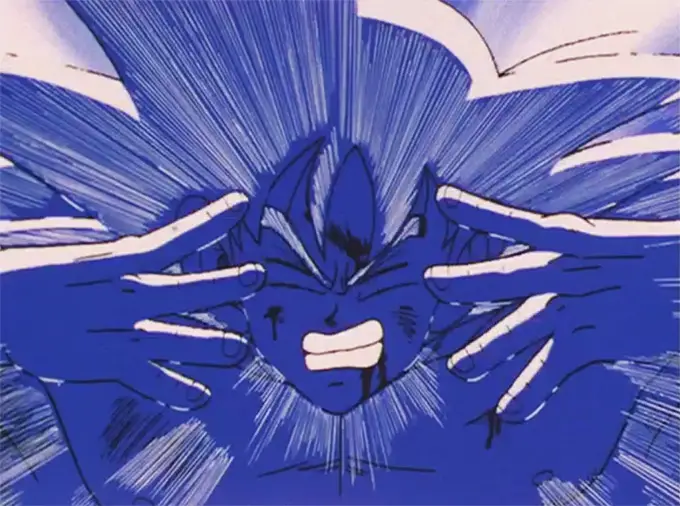
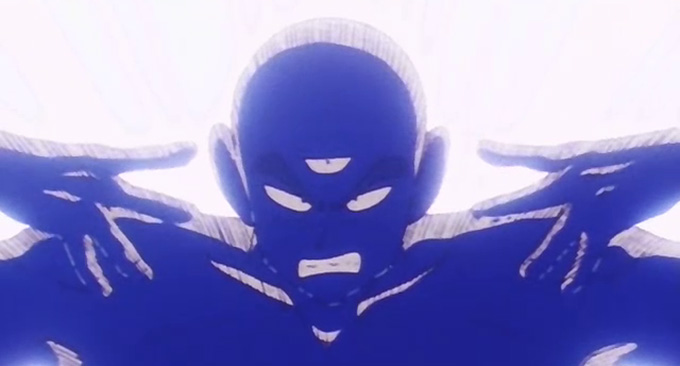
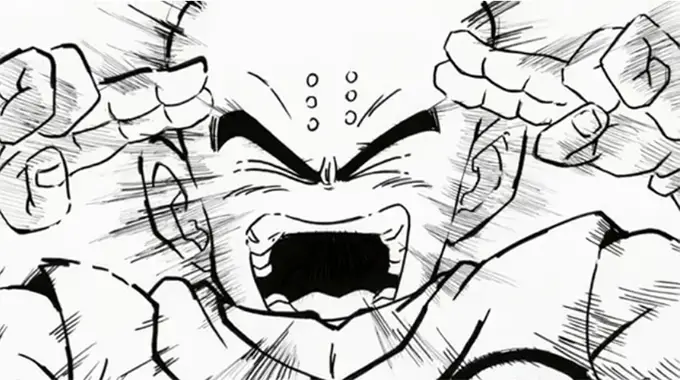
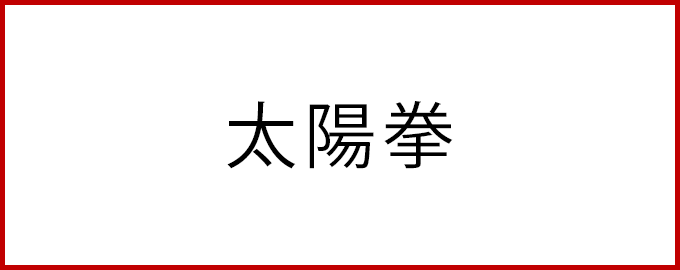
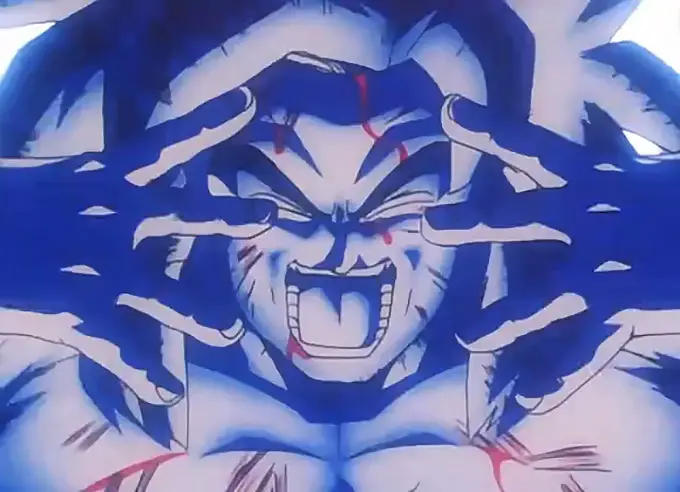
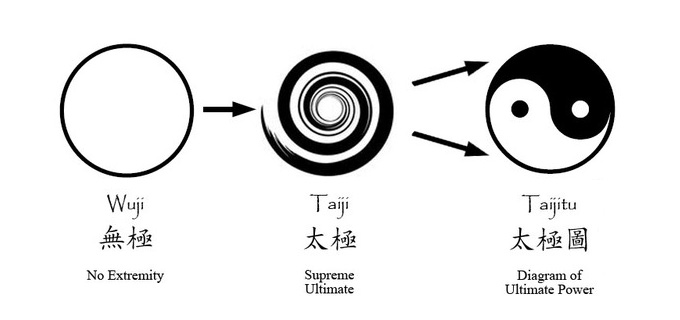
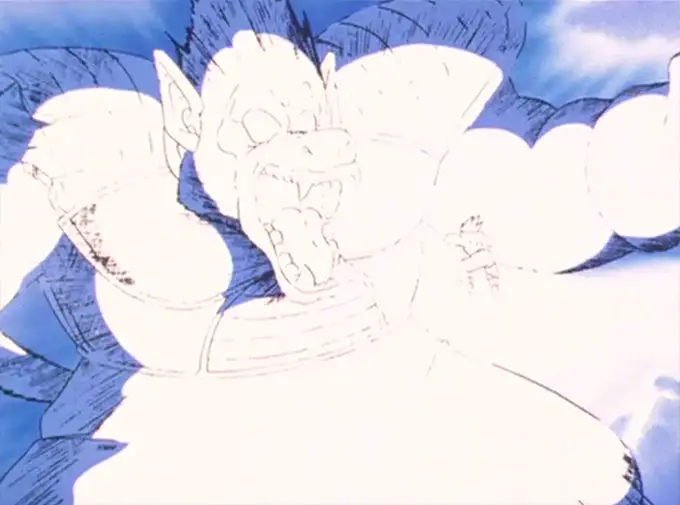

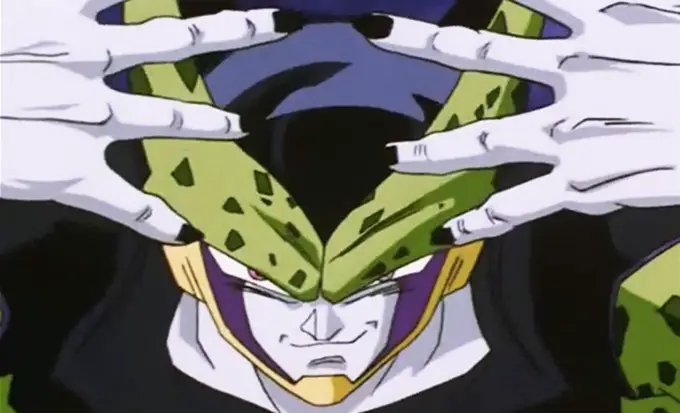
very interesting! as always!
Thanks, Vania!
Where’s your avatar come from?
It’s shinobi or Shen or something from yu yu hakusho
Hey, if you need biological examples of the pineal gland, you can always cite your older bro’s animal knowledge. Did you know that lizards still have a functioning 3rd eye? But it’s the opposite eye vs the vestigial pineal gland we have.
Science!
I did not know that lizards have a third eye. Do all reptiles, as part of the reptilian brain?
You may find it interesting to hear that Buddhists, Daoists and other practitioners in the cultivation world do not consider the pineal gland in the human brain to be vestigial. They consider it to be a fully functional third eye that can bypass the optic nerves of the physical eyes that delude us and trap us into believing this physical dimension is all that exists, since it’s all we can see.
Yeah, it’s pretty common in more ancient vertebrates, but it’s called the parietal eye. But lots of vertebrates don’t have it, even some reptiles like crocodillians/alligators don’t. https://en.wikipedia.org/wiki/Parietal_eye
One thing that is neat is that our brain tissue is photo-reactive, meaning that if you take the top of your skull off, (not advisable!) your brain tissue will react to the certain frequencies of light, and guided pinpoints of light energy, like lasers, can be used to stimulate parts of your internal brain regions. SCIENCE!
As for what the religious folk believe, I guess we will have to put that down as a matter of faith that appears to have coincidental allegories to human evolution. ;)
Factual, scientifically based and provable knowledge is always preferable to unproven myth and superstition. That you are consistently able to find a way to utilize definitive fact to explain the accumulation of eon’s of developed myth is in and of itself, a fun fact to see. Thanks for another fun and informative article. I always look forward to reading your material.
You’re welcome!
Indeed, very interesting and informative! But I’m still wondering, whether Akira thought of it that way, since the name can also just mean “fist of the sun”.
We won’t know for certain unless I get to sit down with Toriyama for an interview, but the evidence that I’m pointed in the right direction is mounting.
Oh! You you must ask how the story would have progressed if he had stuck with the original Androids, or spent more time with Cell’s 2nd version! I know his editor forced him to change those things.
I am enlightened by your article especially when you discussed the etymology of Taiyo-Ken. When you got to the Taiji and Yin & Yang section, I enjoyed reading and studying what each Japanese characters mean and how they relate to another. The word cultural origins are all connected and I am awed how Toriyama-sensei associated them to his Japanese work.
The Yin character ( 阝) reminded me a lot of feminine abundance (i.e. pregnancy); while this character (今) reminded me of a “a dark, beautiful, and mysterious woman underneath the (fluffy) blankets or the (cottony) covers”. When it comes to Yin, the first thing that obviously came to my mind is the “female” species, so forgive me if those are my initial thoughts.
Your feeling is accurate, Marianne, as kanji are often pictographic. Those are the feelings that a person is supposed to have when they view them, as the Chinese and Japanese languages are about internal subtlety and experiential sensations instead of external accuracy, as in western languages.
I am also in awe of how Toriyama-sensei transforms the kanji characters into physical form through the characters in his story. They become living manifestations of what the kanji represent. I have another article in progress for the shunkan ido (Instant Transmission), and you’ll be even more awed by that one.
Yet another insightful article Derek:).
Also, an article about the third eye in Tien’s forehead would be quite intriguing. Some years back I did read on it myself, as far as the pineal gland and such go. Even though it was research for the different type of hypnosis. I’m sure you could dig up a lot more up than I did!
Thank you, Brackpep.
If you want a thorough but easy to understand explanation of the third eye, I recommend Lecture 2 of Zhuan Falun:
http://www.falundafa.org/book/eng/lecture2.html
I thought I’d come to this page on behalf of a friend doing a fan manga. What I saw is that he’s given Krillin a new technique know as Eclipse Flare, which he used during the night to blind a next-gen Z Fighter kid that accidentally went Great Ape while looking at New Planet Tuffle. Krillin in that manga states, after his youngest son asks him if that was a Solar Flare, that it’s one that works better for night battles.
After reading this entire article, and the opposite technique you stated, I’m rather curious as to if there really could be something called an “Eclipse Flare?” Or would just a normal Solar Flare be effective in a nighttime battle? By the way, I tried to see what kind of Chinese translation I could get that best fits such a name, and got this:
太月球拳 – Now I know stuff like Google Translate is never always reliable as to getting an exact translation, but I do believe I got the symbols to mean, “Supreme Moon Fist.” Would this have been a correct translation to Chinese? Also, how would you pronounce the full name of the move?
That’s pretty much all I gotta ask.
Other than that, thanks for the low-down on the truth to this awesome technique. :-)
The solar flare doesn’t rely on the sun, so your friend’s technique of the eclipse flare shouldn’t either. The energy comes from inside the body and is projected outside as concentrated yang energy. So in theory the eclipse flare should be a different type of energy. But I don’t see the need for it, since a solar flare would be extra effective at night on account of the victim’s pupils being enlarged. It’d be like taking a flash bang in a dark room.
Your translation is passable. I’m not sure of how Toriyama would do it for the full name of the technique, since he likes to play with words. The proper standalone word in Japanese for a solar eclipse is nisshoku (日食, Chinese: rìshí), and lunar eclipse is gesshoku (月食, Chinese: yuèshí).
Considering what I stated in the article about yin and yang, it comes down to creative license on how you want to name it.
Cool, I’ll pass the word to him. And by the way, when I saw it happen on the Great Ape, I saw it’s eyes turn black or something. Now I don’t know if this was intentional or not, but I am aware it would’ve been okay that he rather would have the Oozaru’s eyes simply shut or wince in pain, just like how it was for Vegeta. Like I said, unsure if this was intentional or not, but yeah.
Can you do an article on Vegeta’s suicide blast against Buu? It seems there was more to the scene…
That could be interesting. I hadn’t thought of that before. I don’t have time right now, but I’ll add it to my queue of articles to write. Thanks for the request.